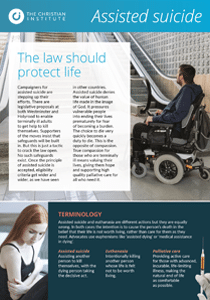Living mice have been cloned for the first time using cells from a mouse which has been dead and frozen for sixteen years.
Previously, cloning techniques have allowed only live donor cells to be used, as first seen in ‘Dolly the Sheep’ eleven years ago.
Dr Teruhiko Wakayama is leading the research at the Centre for Developmental Biology in Kobe, Japan.
He believes this breakthrough will work to benefit mankind and could be used to “resurrect” extinct animals such as the sabre tooth tiger.
The experiments have attracted much criticism from ethical watchdogs, who have branded them “disturbing”.
Critics are concerned that exploring this kind of experimentation could bring the world closer to a day when people try to clone long-dead relatives.
They say it could lead to a gruesome new industry in which people leave behind frozen ‘relics’ of their own bodies in the hope of being cloned one day.
Researchers have always thought that ice crystals destroyed DNA in frozen cells, making them unusable.
But the team of Japanese scientists used the mouse’s brain cells after discovering that high fat content and the protection of the skull reduced the damage.
The technique involved extracting DNA from the brain cells and injecting it into an egg. The egg is then stimulated with electricity and implanted into a surrogate mother.
Experts warn that cloning has a high failure rate because the eggs and foetuses do not develop normally.
Helen Wallace of Genewatch UK said: “It would be extremely dangerous for both mothers and their babies to attempt this kind of experiment in humans.”
Josephine Quintavalle, an expert on the ethics of fertility and reproduction, said the experiment pushed the boundaries of acceptable science even further.
She said: “This kind of research raises disturbing questions about what happens to our bodies – and any tissue we leave for medical science – after we die.”
“It means that tissue donated for medical research or stored in laboratories could be used many years later for cloning research.”
She added: “It has never been more important that when people leave tissue for research, the consent should be very specific given the potential for all kinds of scientific developments in the future.”

